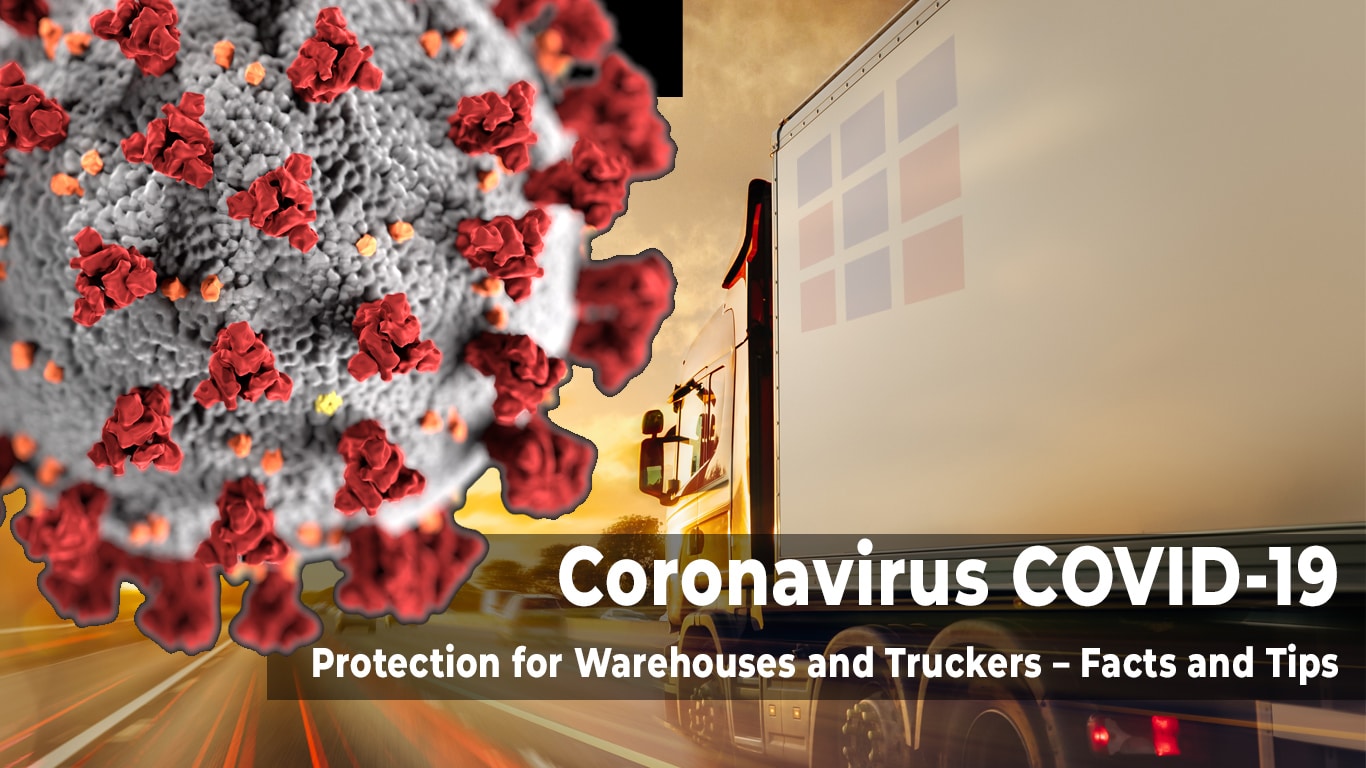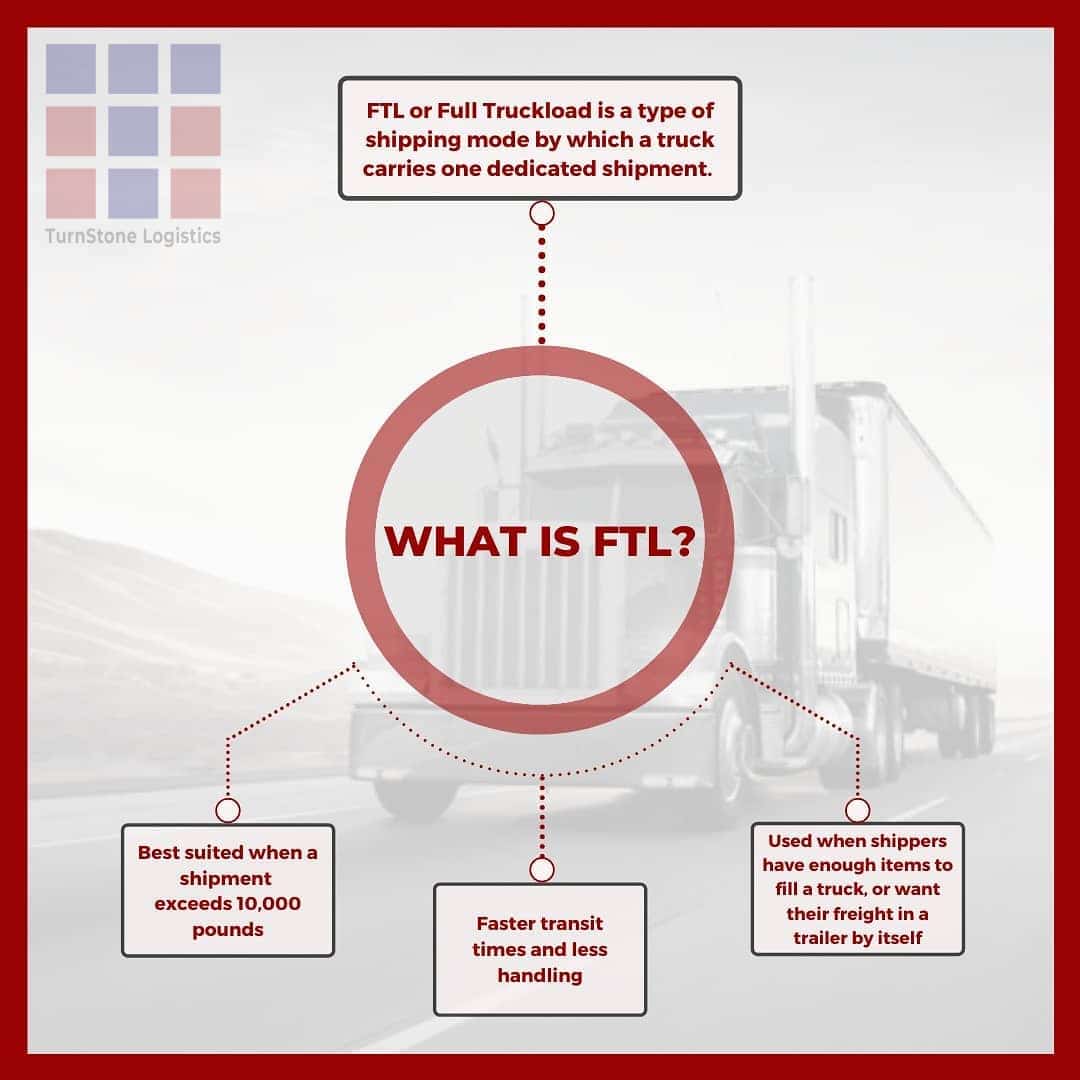What is a novel coronavirus?
A novel coronavirus is a new coronavirus that has not been previously identified. The virus causing coronavirus disease 2019 (COVID-19), is not the same as the coronaviruses that commonly circulate among humans and cause mild illness, like the common cold. – cdc.gov
Why is the coronavirus being called COVID-19?
On February 11, 2020 the World Health Organization announced an official name for the disease that is causing the 2019 novel coronavirus outbreak, first identified in Wuhan China. The new name of this disease is coronavirus disease 2019, abbreviated as COVID-19. In COVID-19, ‘CO’ stands for ‘corona,’ ‘VI’ for ‘virus,’ and ‘D’ for disease. Formerly, this disease was referred to as “2019 novel coronavirus” or “2019-nCoV”. – cdc.gov – cdc.gov
How does COVID-19 spread?
The virus is thought to spread mainly from person-to-person and between people who are in close contact with one another (within about 6 feet). The disease is spread through respiratory droplets produced when an infected person coughs or sneezes. These droplets can land in the mouths or noses of people who are nearby or possibly be inhaled into the lungs.
It may be possible for a person to contract COVID-19 by touching a surface or object that has the virus on it and then touching their own mouth, nose, or possibly their eyes, but this is not thought to be the main way the virus spreads.
What steps can I take to reduce my risk of contracting COVID-19?
Practice everyday preventive actions to help reduce your risk of getting sick and remind everyone in your home to do the same. These actions are especially important for older adults and people who have severe chronic medical conditions:
- Avoid close contact with people who are sick.
- Stay home when you are sick, except to get medical care.
- Cover your coughs and sneezes with a tissue and throw the tissue in the trash.
- Wash your hands often with soap and water for at least 20 seconds, especially after blowing your nose, coughing, or sneezing; going to the bathroom; and before eating or preparing food. https://www.cdc.gov/handwashing/index.html
- If soap and water are not readily available, use an alcohol-based hand sanitizer with at least 60% alcohol. Always wash hands with soap and water if hands are visibly dirty.
- Clean and disinfect frequently touched surfaces and objects (e.g., tables, countertops, light switches, doorknobs, and cabinet handles).
How to prepare and protect your workplace from COVID-19
Understanding the facts and characteristics of COVID-19 combined with planning, preparedness, and cleanliness will help to minimize the impact the virus may have on your warehouse operations.
- Identify a workplace coordinator who will be responsible for COVID-19 issues and their impact at the workplace.
- Implement flexible sick leave and supportive policies and practices. It may be helpful to review human resources policies to make sure that policies and practices are consistent with public health recommendations and are consistent with existing state and federal workplace laws (for more information on employer responsibilities, , visit the Department of Labor’s http://www.dol.gov and the Equal Employment Opportunity Commission’s http://www.eeoc.gov
- Assess your essential functions and the reliance that others and the community have on your services or products.
- Determine how you will operate if absenteeism spikes from increases in sick employees, those who stay home to care for sick family members, and those who must stay home to watch their children if dismissed from childcare programs and K-12 schools – https://www.cdc.gov/coronavirus/2019-ncov/specific-groups/guidance-for-schools.html.
- Consider establishing policies and practices for social distancing. Social distancing should be implemented if recommended by state and local health authorities. Social distancing means avoiding large gatherings and maintaining distance (approximately 6 feet or 2 meters) from others when possible (e.g., breakrooms and cafeterias). Strategies that business could use include:
- Implementing flexible worksites
- Implementing flexible work hours (e.g., staggered shifts)
- Increasing physical space between employees at the worksite
- Increasing physical space between employees and customers (e.g., drive through, partitions)
- Implementing flexible meeting and travel options (e.g., postpone non-essential meetings or events)
- Delivering services remotely (e.g. phone, video, or web)
- Delivering products through curbside pick-up or delivery
How to prepare and protect your warehouse from COVID-19.
Proactive precautions may help prevent the spread of COVID-19 in your warehouses.
- Increase ventilation rates: Open bay doors and turn on fans to encourage the circulation of outdoor air throughout the warehouse.
- Provide Tissues and No-Touch disposal receptacles and trash cans.
- Provide soap at all wash areas and encourage hand washing.
- Place hand sanitizers in high traffic areas.
- Provide disposable wipes for routine cleaning of common surfaces.
- Routinely clean all frequently touched surfaces in the workplace, such as workstations, keyboards, telephones, handrails, doorknobs, light switches, steering wheels, scanners, etc.
- Do not share pens and pencils.
- Use gloves when opening trailer doors and while loading or unloading cargo
- Do not shake hands
- Maintain social distance (min. 6 ft) when required to interact
- Post signs to encourage and remind staff and drivers to wash hands and maintain distance.
How can truck drivers help prevent the spread of COVID-19?
While most of the nation is shutting down and closing doors, truckers must keep trucking. While one may think that truckers are at a low risk of exposure because of the long hours in the cab, truckers are in the high-risk category. Human interaction, common areas, and restaurants are routine and tough to avoid while traveling. So, what can truckers do to minimize their risk of exposure? Here are a few tips…
- Know your exposure risk at the origin and destination. https://www.cdc.gov/coronavirus/2019-ncov/cases-updates/cases-in-us.html
- Keep the cab clean. Routinely wipe of your most touched surfaces including door handles, steering wheels, CB radio microphones, knobs, and levers. Don’t forget the trailer doors.
- Carry hand sanitizer and cleansing wipes.
- Minimize your time inside truck stops, rest areas, and refueling stations.
- Use gloves when fueling or at weigh stations, opening trailer doors, while loading or unloading cargo.
- Do not assume the cargo is a clean surface. Use gloves when strapping, tarping, or securing cargo.
- Use your own pens or pencils.
- Do not shake hands.
- Prepare your meals and beverages in advance.
- Use your own tools and wipe them down if you have to share.







